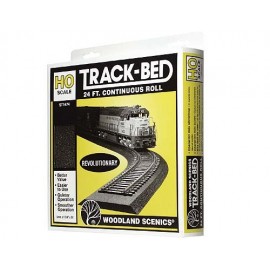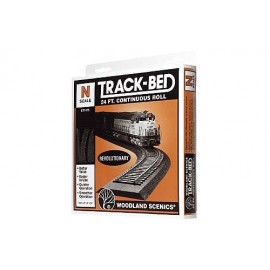There are a number of different options for attaching figures such as a horse and rider to a layout. Perhaps the...
No products
Product successfully added to your shopping cart
There are 0 items in your cart. There is 1 item in your cart.
Search Tips
Do I need to use ballast with a trackbed?
Yes, it is generally recommended to use ballast with a trackbed on a model railway layout. Here are a few reasons why:
Realism: Ballast helps to create a more realistic appearance for a track, making it look more like a real railway. Without ballast, the track can look flat and unrealistic.
Stability: Ballast helps to provide stability and support for the track. It helps to distribute the weight of the track and trains more evenly, which can help to reduce the risk of derailments.
Noise reduction: Ballast can help to reduce the noise of trains running on the track. The ballast absorbs some of the vibrations and noise created by the trains, making for a more pleasant and realistic sound.
When using ballast, it's important to choose the right type for the layout in question and to apply it correctly. Different types of ballast can have different colours and textures, so it's important to choose one that matches the type of track and scenery on the layout. Additionally, it's important to apply the ballast evenly and to use a suitable adhesive to keep it in place. Using ballast with a trackbed can help to create a more realistic and stable model railway layout.
Click here to receive the tips weekly in your mailbox. You can unsubscribe at any time.










